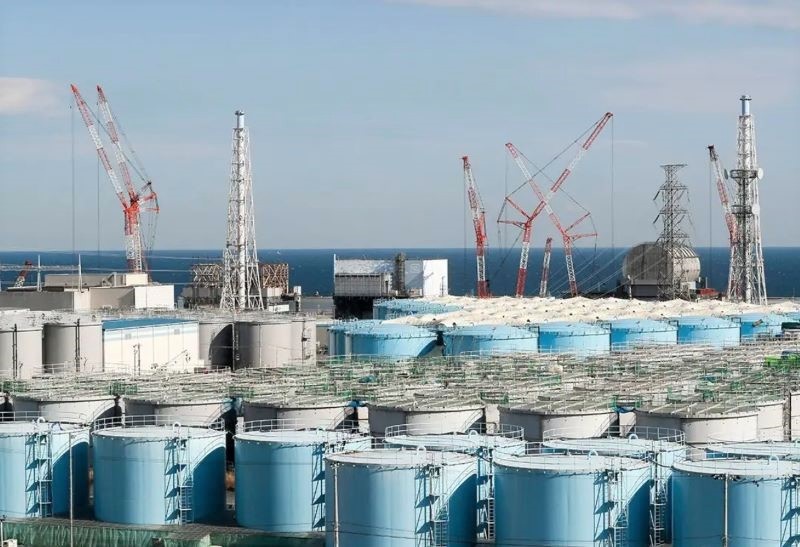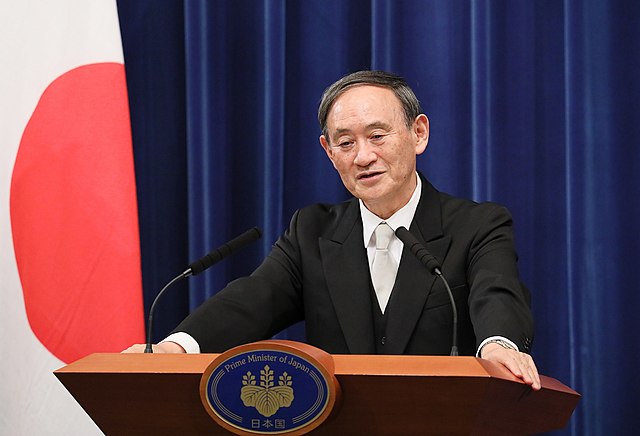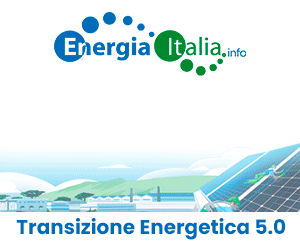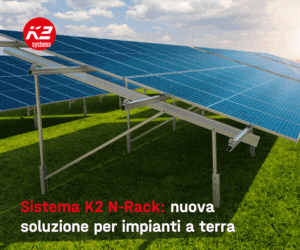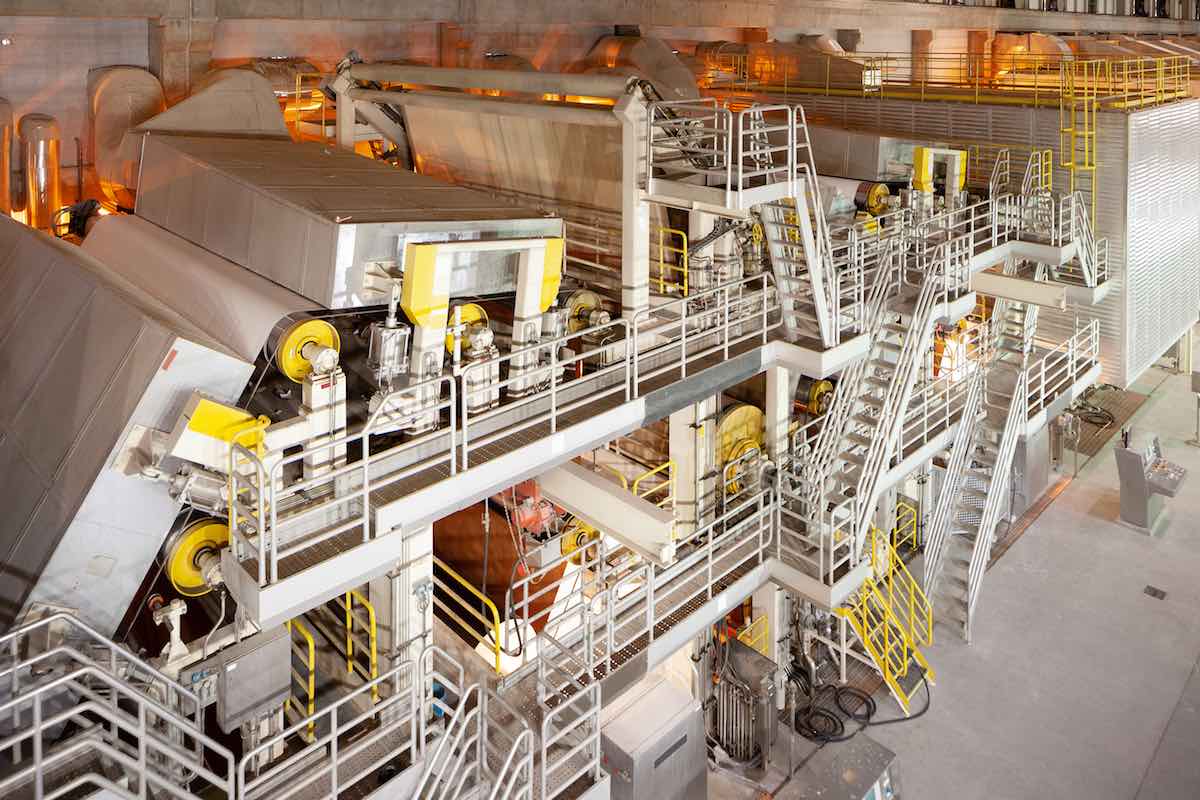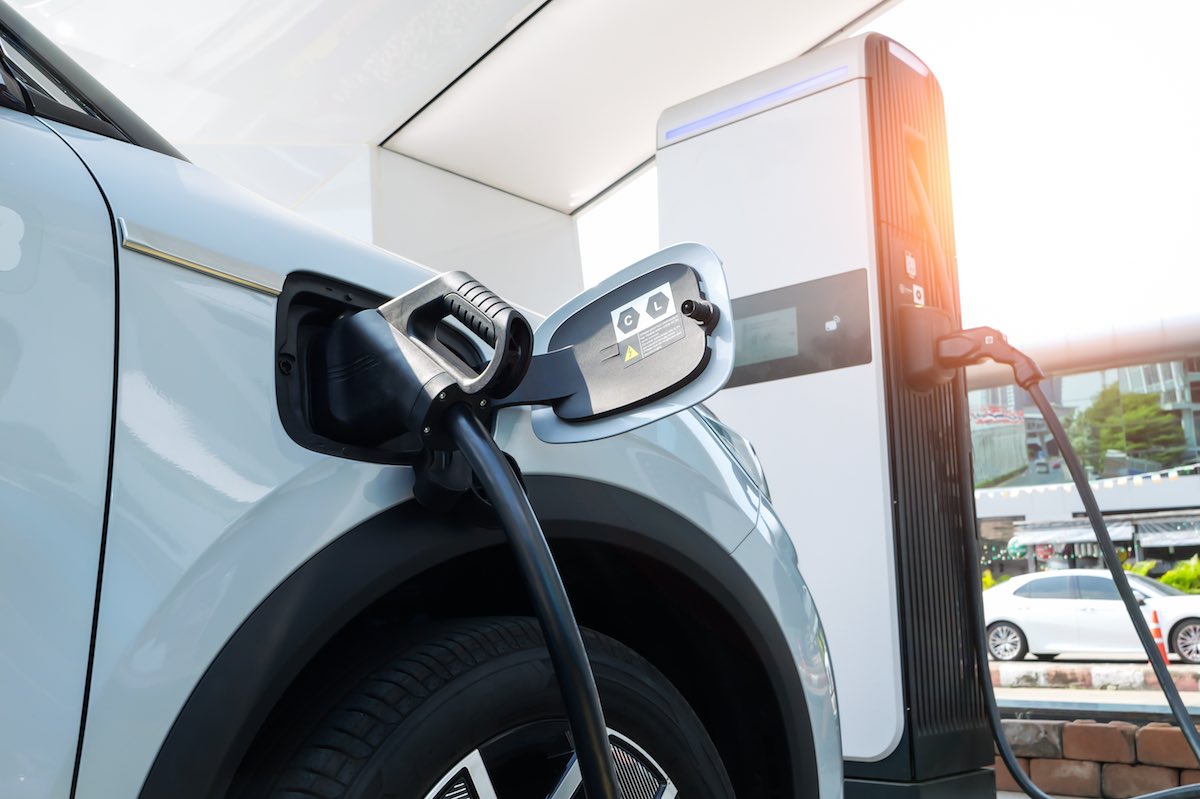The Italian draft decree on photovoltaic incentives will be published in the next few days and come into force as of June. The negative reactions to the legislative decree approved by the Council of Ministers on March 3 makes us believe that the impact of retroactive measures will be contained. In addition, incentive cuts should not be traumatic compared with those planned for 2011, as more drastic cuts are envisaged for the next few years.
In this phase, the photovoltaic industry should show its maturity and leave out irresponsible positions. Italian incentives are too high and should be progressively cut through meetings and discussions between operators and the government. The risk of an overheating of the market and subsequent freeze due to the introduction of ceilings and/or drastic incentive cuts is still there. We should intelligently manage the time we have before the inevitable, positive, future spread of solar power without incentives, remembering that we should strengthen PV manufacturers and not bring them to their knees. A 6 to 8-year interval that will be crucial for the destiny of the Italian solar industry.
The German industry believes that by 2017 the market will be able to develop by itself. If the international cost reduction trend continues and authorisation procedures are simplified, incentives may be removed in Italy as well by then, allowing the solar power industry to play an important role.
The installed power capacity may reach 25,000 MW by 2020, with a maximum impact of 7 billion €/year on the tariff. And in the following decade, in an extreme scenario, figures could further grow with the spread of smart grids and the introduction of storage systems, so much so that around2030 solar power may cover one fifth of the Country’s electricity demand (Fig. 1).
In the next few years, the solar power boom will be magnified by the revision of energy policies, which has already begun in many countries after Fukushima’s serious accidents. This disaster will have two types of effects on the nuclear sector.
On the one hand, approving a life extension for the reactors that reach a 40-year operating life will be much more difficult. Just think that half the nuclear power capacity currently installed in the world would risk to be removed by 2025 (Fig. 2).
On the other, the safety systems of new plants will be revised and strengthened with a further cost increase, continuing the trend of the last 40 years (Fig. 3). In short, the use of nuclear power will become more and more uneconomic, CO2 quotations will penalise the use of fossil fuels and renewable sources will assume a central role in the new energy scenario.



.jpg)





